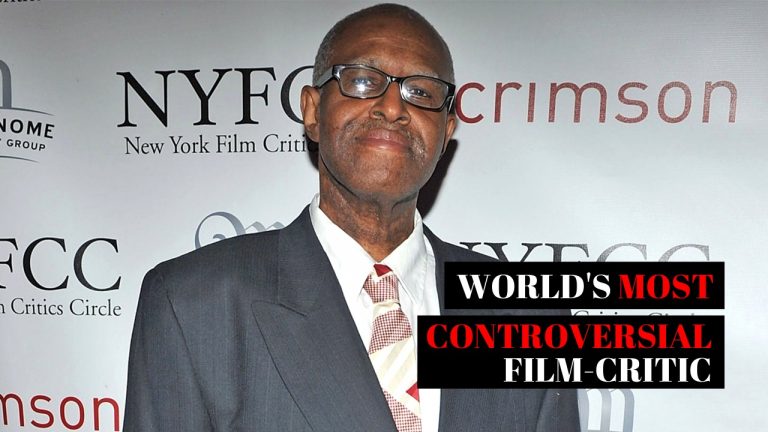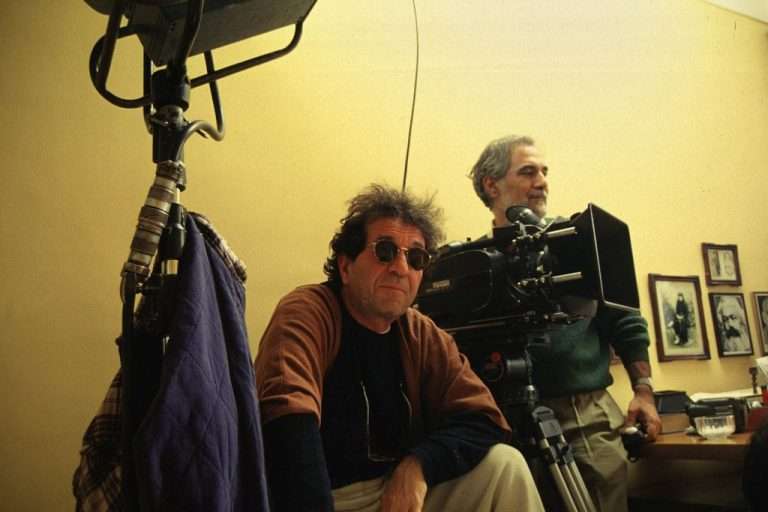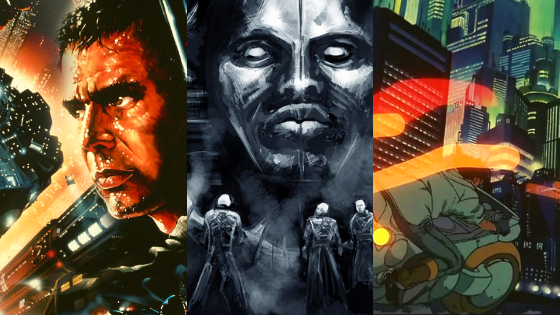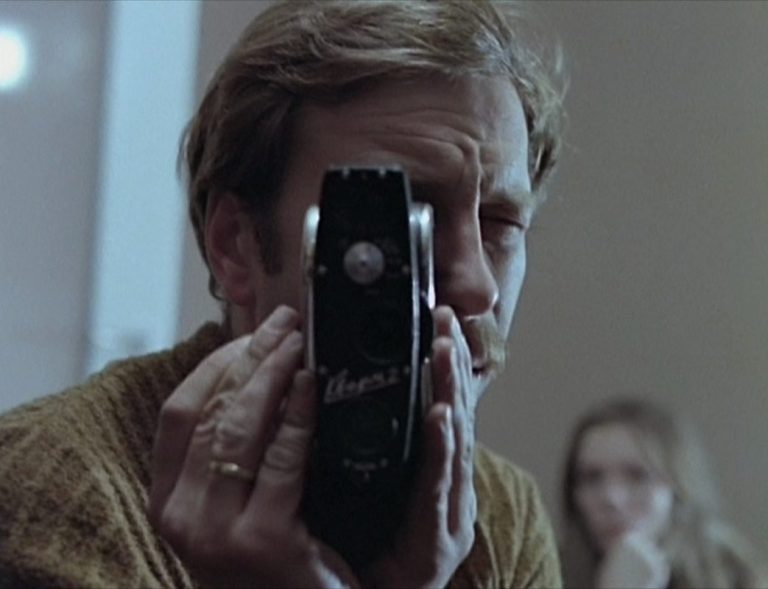There is a very particular type of silence that fills the cinema after certain movies end. There’s no restless shuffling of an audience wanting to leave, but the heavy stillness of people sitting and contemplating. The silence that settles over a room when people have just seen something profound and true about the human condition.
Recently, independent cinema has given us a multitude of films that deal with this specific brand of emotional devastation. These are movies that don’t just show us grief, but they engulf us in its texture, weight, and stubborn refusal to have a neat resolution. Within these, there are three that stand as an informal trilogy: Kenneth Lonergan’s “Manchester by the Sea” (2016), Martin McDonagh’s “The Banshees of Inisherin” (2022), and Charlotte Wells’ “Aftersun” (2022).
These movies don’t share a universe, a director, or even any stylistic similarity. But they form a thematic triad that speaks to something fundamental about the independent cinema’s relationship with grief. Taken together, they suggest that the world of independent cinema has found in mourning, not as a plot device but as lived experience, a subject that is suited uniquely to the capacity cinema has for truth-telling.
What separates these movies from the regular narrative of grief is the total refusal of any cathartic resolution. Grief has long been used in Hollywood as dramatic fuel, but it’s usually channeled to redemption or closure. Our protagonist loses someone close, sinks into darkness, and emerges changed but healed. The arc and the message are clear: time heals all wounds, love conquers all, and various other platitudes.
“Manchester by the Sea,” “Banshees of Inisherin,” and “Aftersun” all throw out this comfortable narrative structure. They see grief not as a dark tunnel with light at the end, but more as a room they have to live in, furniture and all. The characters Lee Chandler, Pádraic Súilleabháin, and Sophie all live in worlds totally changed by loss, whether through death, the dissolving of a friendship, or slowly recognizing a parent’s hidden pain. In the conventional sense, none of them “overcome” their grief, but rather they endure it, work around it, and sometimes they sink beneath its surface.
This approach shows a more realistic understanding of how grief actually works in human lives. Sorrow isn’t defeated but incorporated into our daily life. These films chart this incorporation with sensitivity, giving us characters who continue to function by working, sometimes laughing and conversing, but always carrying an enormous weight of sadness that never fully lifts.
In Kenneth Lonergan’s masterpiece, we see Casey Affleck’s Lee Chandler as a man so totally broken by unspeakable pain that he has become a ghost haunting the shell of his own life. He works as a janitor in Quincy, Massachusetts, existing but emotionally frozen. His days are a routine of monotony broken up only by bar fights that seem less about real anger and more like a desperate attempt to feel something, anything.
Also Read: Of Love, Grief and Rediscovery: A Love Letter to Clementine
The structure of the movie, jumping back and forth between past and present while slowly revealing the deadly fire that killed Lee’s three children, mirrors just how traumatic memory actually works. Grief doesn’t come to us in neat chronological moments. It ambushes us, rushing back in fragments and flashes. Lee has to return to his hometown of Manchester-by-the-Sea to care for his teenage nephew Patrick after the death of his brother, and in doing so, he is forced back to the proximity of his destroyed life and the wife he lost.
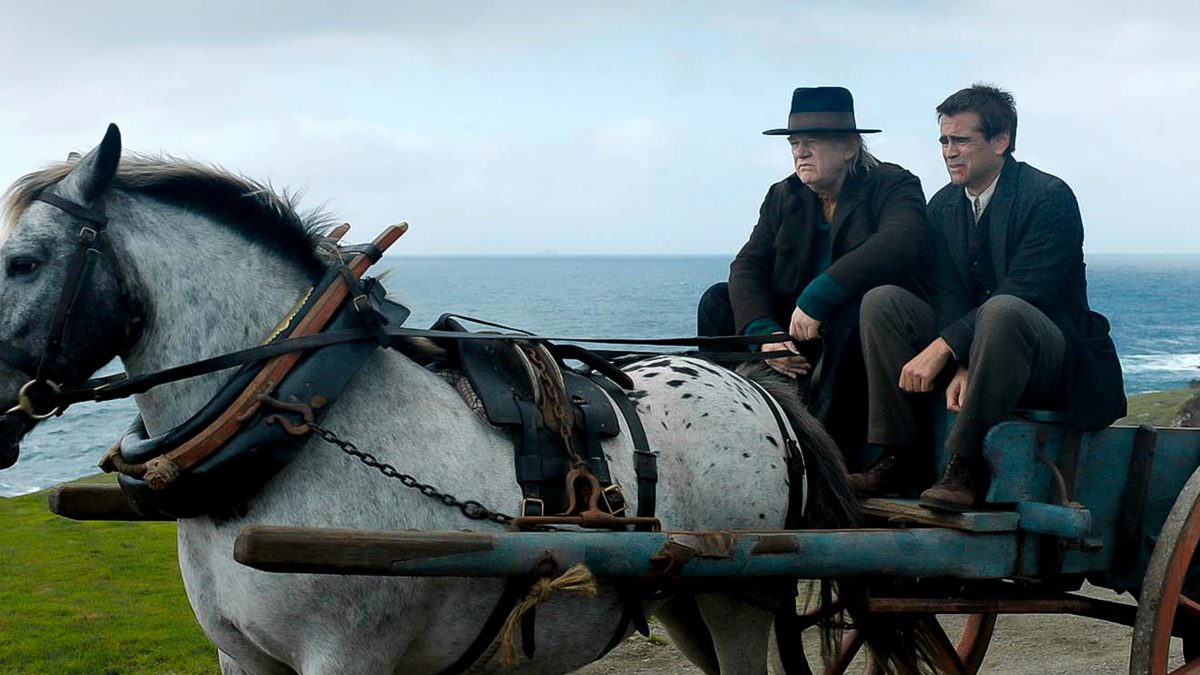
What makes the movie so devastating is how it recognises that some grief just can’t be gotten over. Lee’s attempts to become Patrick’s guardian, as his brother wished, and fails because, on a basic level, he is not capable of re-entering life fully. And the ending provides no false hope. Lee arranges a living situation for Patrick that will provide more stability, and he returns to his cold existence in Quincy. But there is a subtle shift with a promise to visit and talk of a boat to fix together. This isn’t healing, but it offers just the smallest possibility of connection.
It is emotionally powerful in its restraint. Affleck portrays Lee as a man who has been completely hollowed out, but Lonergan doesn’t permit him any therapeutic breakthroughs or dramatic outbursts that might provide some cheap catharsis. We get something harder and truer instead: survival with no recovery. We see him continuing to live, as the alternative is unthinkable.
Martin McDonagh’s “Banshees of Inisherin” switches the language of grief onto loss of a different kind: that of the sudden and inexplicable end of a friendship. Set on the remote and fictional Inisherin island in 1923, during the Irish Civil War that is burning unseen on the mainland, we follow Pádraic, played by Colin Farrell, as he struggles to understand why his lifelong friend Colm, played by Brendan Gleeson, has suddenly decided he no longer wants to speak to him.
On the surface, this is ripe for dark comedy, and McDonagh’s brutal wit runs right through the film. But under the absurdist humour is a deep meditation on existential loneliness, and the grief we experience when a relationship ends without an explanation. The confusion and mounting desperation Pádraic feels are a mirror of the stages of mourning. He denies the reality of the situation, bargains to try and reconcile, becomes angry, and eventually lives in a frozen acceptance.
More Suggestions: The Grief in Alfonso Cuaron’s Gravity
The genius of McDonagh’s movie is how he makes this broken friendship feel as consequential as any death. Colm’s rejection is more than just the loss of companionship for Pádraic; his identity itself is being destroyed. If he isn’t Colm’s friend, then who is he? If his simple and kind life has been judged worthless and dull by the person whose opinion matters most to him, then what meaning is left?
The increasingly extreme attempts by Colm to enforce his boundaries, at first threatening, then literally cutting off one of his fingers each time Pádraic approaches him, change the movie into something almost mythic in nature. The violence becomes a metaphor, a way of externalising the interior damage that comes with loss. By the movie’s end, both men have been damaged beyond repair, and even the island itself has taken in their mutual destruction.
McDonagh’s story is set against the far-off sounds of the Civil War, suggesting parallels to the audience between the personal and political split. But the power of the film comes with the recognition that griefs like the death of a friendship or the rejection of one person by another can be just as tragic as the larger historical tragedies. The war will end, and the history books will be written. But Pádraic? He is destined to spend the rest of his life on that island, alone, without his friend and nursing a wound that will never heal.
Charlotte Wells, however, in her stunning debut, takes the quietest approach to grief, one that is so subtle the full weight of its sorrow only becomes clear in retrospect. The adult Sophie is remembering a holiday with her father Calum in Turkey when she was 11, and “Aftersun” is a movie about the grief of understanding. The particular kind of pain that comes when you replay your childhood through adult eyes and start to recognise what you couldn’t see then.
Paul Mescal playing Calum shows us a masterclass in playing hidden anguish. He may be present with his daughter, playful and affectionate, but he is also clearly struggling with a depression that Sophie can sense but not understand. Wells doesn’t explicitly show us Calum’s fate, but the structure of the movie, the adult Sophie now a mother and watching old video footage, suggests a loss that has shaped her whole life.
The grief in the film is anticipatory and retrospective together. We see the young Sophie, played by Frankie Corio, trying to understand the sadness of her father and offering the childlike comfort of holding hands, or karaoke performances. The adult Sophie watches these same moments, and only now understands the weight Calum was carrying and the goodbye that seems to be hidden in their time together.
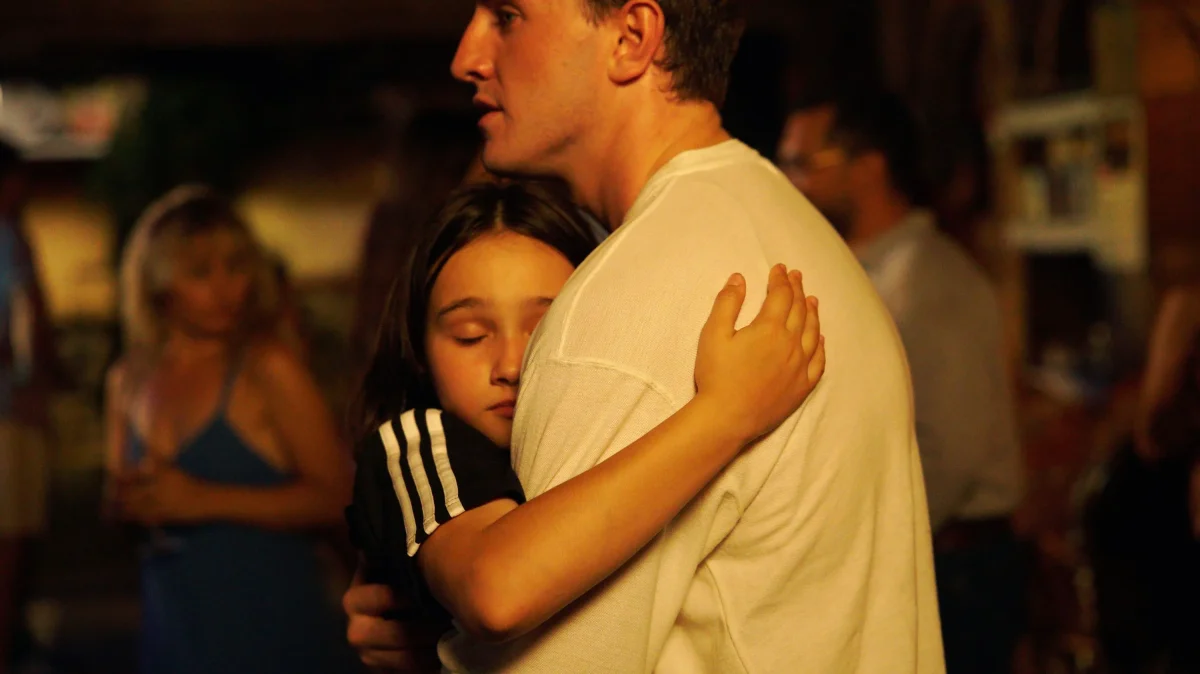
“Aftersun” captures something that is not often shown in cinema: the grief that comes in revisiting joy. They had a happy vacation. Calum clearly loves his daughter, and they had a wonderful time. But knowing what we suspect has happened throws a cold shadow over every sun-filled frame. The movie then becomes a study of how grief changes memory and how the knowledge of loss rewrites history.
More Related: 10 Powerful Films That Tackle Depression, Trauma, and Therapy
The various dance scenes that punctuate the movie, surreal moments flickering with strobe lights, where the grown Sophie tries to reach her father through the crowd, show us the impossible desire to return to the past, either to warn or save, or just to be together again. They break your heart in their abstraction with the desperate irrationality of grief captured, and visualising the thinking that maybe if we just remember hard and clearly enough, we can change what happened.
What unites these films beyond the shared themes is an aesthetic approach that is perfectly suited to portraying the interior landscape of grief. All three use long takes, heavy silences, and faces in close-ups. They trust the audience enough to read the emotion in subtle shifting of expressions instead of relying on exposition or manipulative scores.
The indie movie world, with smaller budgets and freedom from commercial obligations, has shown itself to be the ideal environment for these portraits of grief. These movies don’t have to provide an uplift or an emotional resolution. Instead, they can end ambiguously and leave their characters in places of unresolved pain, trusting that ambiguity and complexity are valuable in themselves.
There’s also something in the scale of independent cinema that works well with these intimate studies of loss. While grief may be universal, it is experienced in the singular. We see it in the small details on screen, with the rigid posture of Lee Chandler, the frantic cheerfulness of Pádraic, and the false smile frozen on Calum’s face. Sometimes all we need to see is Colin Farrell’s face as he realises his best friend truly means to close their friendship, or listen to Casey Affleck’s choking attempt to explain why he can’t be his nephew’s guardian.
Maybe what makes these three movies so powerful is the suggestion that cinema can act as a container for grief, both the filmmakers and our own. When we witness these characters’ pain, their inability to heal or move forward in any meaningful way, we find an odd type of comfort. Not resolution, but the comfort in recognising. We are told that our grief is real, and it’s allowed to be complicated, and we don’t have to follow anyone’s timeline to heal.
The era today is seemingly obsessed with self-improvement and optimisation, filled with toxic positivity and resilience. Sometimes, there is something revolutionary in art that says quite simply: sometimes people get broken and stay broken. But that doesn’t mean they aren’t worthy of love and attention.
This trend towards indie films focused on grief perhaps reflects a moment of cultural reckoning with loss, whether it’s personal loss, collective, or even existential. They don’t offer solutions, no 10-step program to healing here. Instead, they offer to be a witness, which is maybe cinema’s greatest gift. They see the characters in all their pain and limitations and ask us to see them also.
In the end, these movies are about the impossibility of returning. Returning to your life before the loss, to the friend who has turned their back on you, or to the father who has gone. They are showing us how to live with the aftereffects, but always carrying what we’ve lost inside ourselves. In a quiet and devastating way, they suggest to us that being seen in our grief, and really seen without being judged or demanded to recover, is in itself a catharsis. Not the catharsis found in release, but in that of recognition. You aren’t alone in this room, in the dark. Others have come before you and will again. Cinema has been here before, and it will sit with you in the dark.


